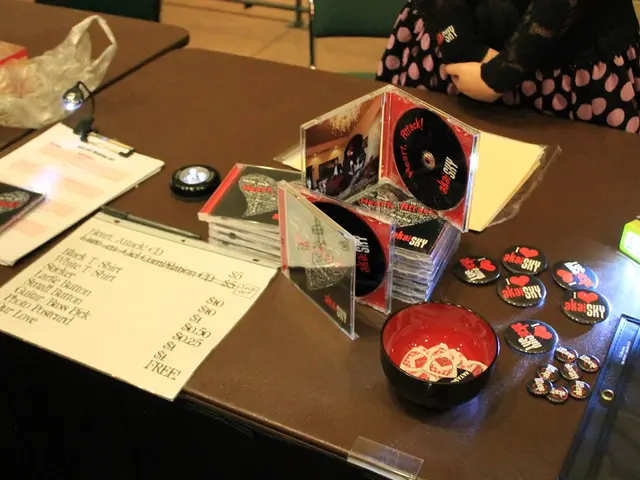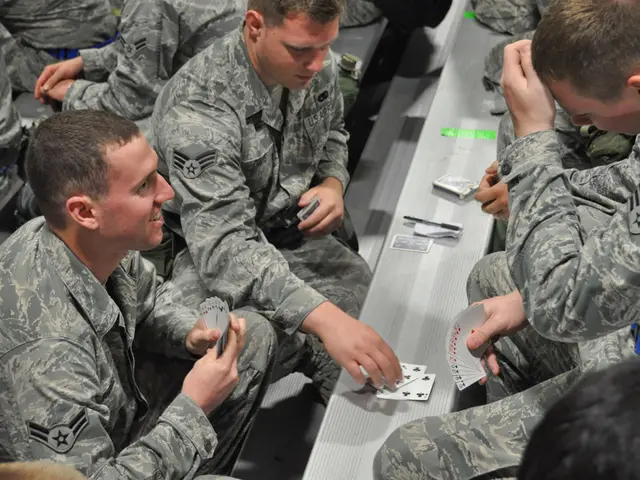Reinforced Age Verification Implements Across Roblox Users by Year's End
Roblox, the popular online gaming platform, has announced plans to implement age verification measures by the end of the year. The new system, which includes facial recognition and ID document checks, aims to confirm a minimum age of 13 for users.
The facial recognition system, named "video selfie," will be a key component of the new measures. Users can record their face from multiple angles using their smartphone's front camera for this system. The facial recognition data will be analyzed by an external service provider named Persona.
Users who are incorrectly classified as under 13 can provide an official ID document instead. However, the details of how the system will handle the workload of up to the current 6.3 million "Roblox Experiences" are yet to be specified.
In addition to the age verification measures, Roblox is partnering with the International Age Rating Coalition (IARC). This partnership will see Roblox using regional age ratings instead of its own, such as USK, ESRB, or PEGI. The IARC system will automatically assign age ratings based on a digital questionnaire that game creators may need to fill out as part of the new system.
Roblox also plans to restrict communication between minors and adults in the game. Adults over 18 will only be able to communicate with users aged 13 and above. The platform will use QR codes and smartphone contacts to verify real-life connections for communication.
It's important to note that adults must be certified and have a real-life connection with the minors they communicate with. Certain chat functions, like voice chat and turning off text chat filters, require a minimum age of 13.
This partnership with IARC marks a significant milestone for Roblox, as it brings more games than any other partner the coalition has worked with so far. As of September 5, 2025, Roblox has approximately 6.3 million "Roblox Experiences," surpassing the Google Play Store's approximately 3.5 million apps.
Roblox's commitment to user safety and age verification is a welcome step towards creating a safer environment for its users, particularly minors. The details of the implementation, including the timeline and specifics of the system, are yet to be announced.








